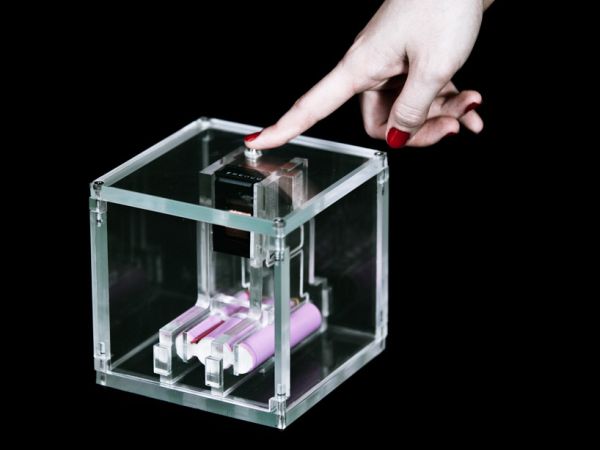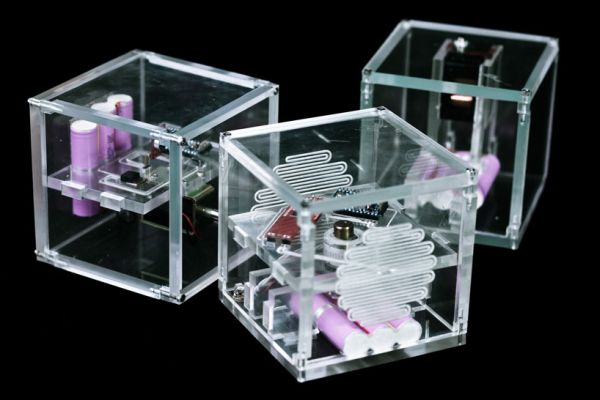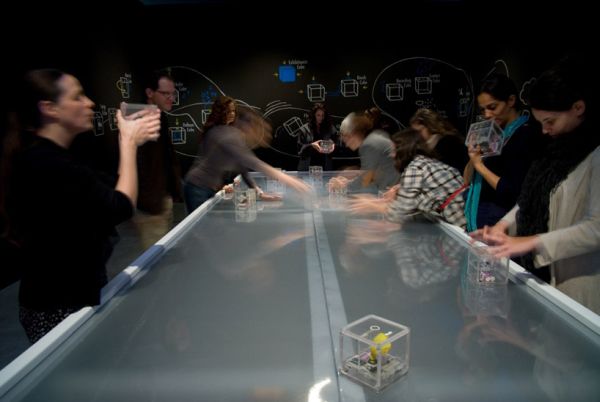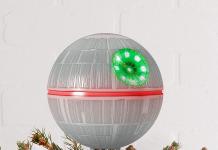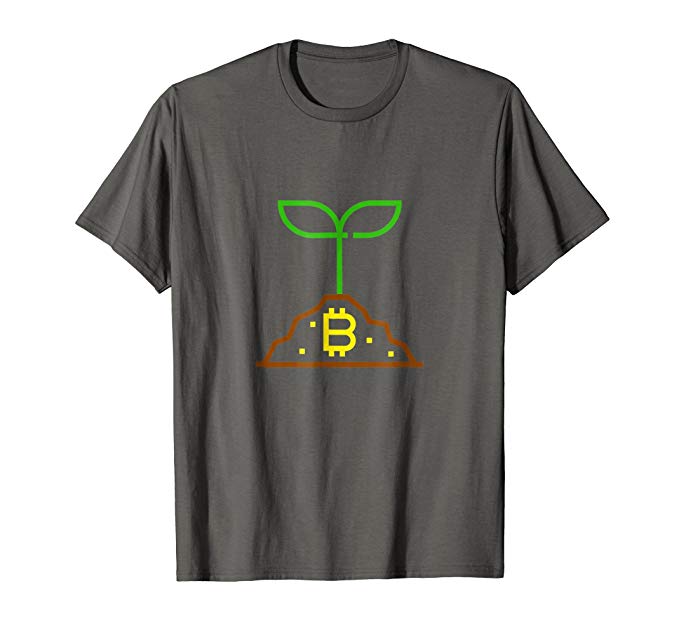If one were to visualize the digital world, one could imagine computers, cellphones, websites, people who use them, the communication that takes place through blogging, commenting and the usage of social media.
Interactive features such as tapping, twisting and other gesture movements that people use to interact and communicate with the devices that they use are part of digital world too. This digital age has spawned an entirely new thinking, and much of all this can be reduced to coding, interactive features and of course networking.
Much of the hardware and software depend upon coding, while communication in the information world takes place through interactivity. Interactivity is also made possible through touch technology and various kinds of sensors that use even facial expressions to control digital technology. Networking of course relates to the way we communicate with each other on social media, including our commenting, ranting and all the stuff that we leave online in the form of digital traces.
The Design Museum Holon has collaborated with the Victoria & Albert Museum in order to unveil a new exhibition called ‘Decode: Digital Design Sensations’. In fact, the exhibition has already travelled across global institutions and was first displayed at the V&A in London. The ‘Decode’ exhibition consists of several projects and 3 newly commissioned Israeli artists and designers have created their ‘Cubes’ project which features 20 transparent cubes or blocks that respond to various sensors and stimuli, in order to replicate the coding, networking and interactivity which we see in digital world.
The cubes are all transparent, so that one can actually see what happens to the ‘codes’, which are metaphorically represented as chips or electronic pieces, when one touches or interacts with them.
In fact, coding, networking and interactivity can all be noticed and witnessed in this unique art project which features The Interaction Lab at the Holon Institute of Technology. You could also take a look at the LED Collection Lamp, which similarly tells the history of light emitting diodes in an artful manner.

